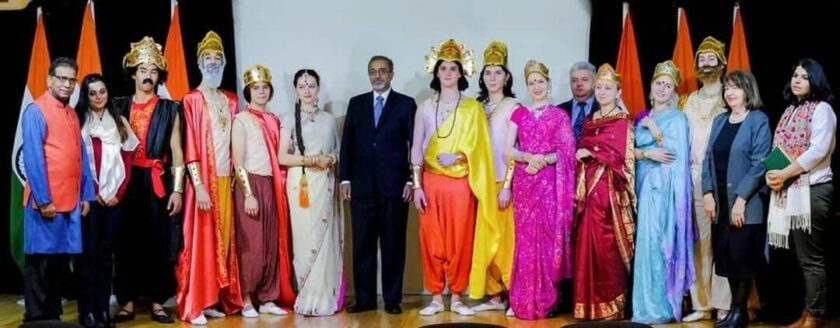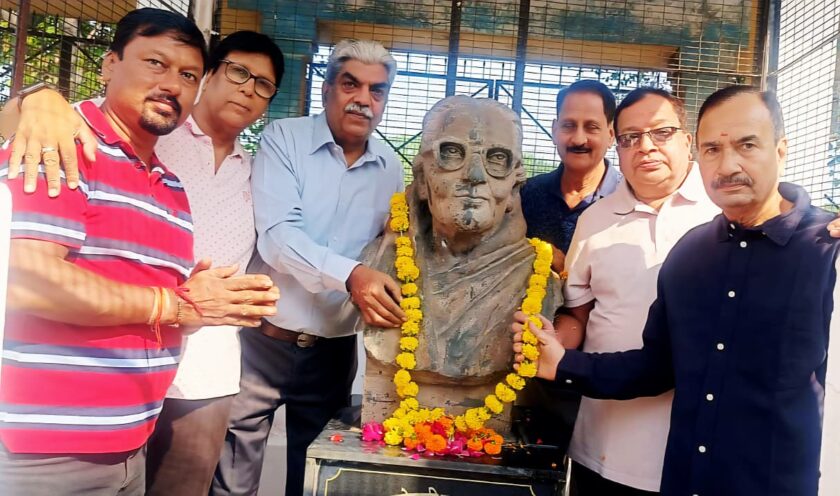Lucknow: A massive protest erupted in Lucknow on Tuesday as hundreds of students under the banner of the National Students’ Union of India (NSUI) marched towards the Uttar Pradesh Legislative Assembly, challenging the state government’s decision to close over 27,000 primary and upper primary schools with fewer than 50 students.
The controversial policy involves the pairing or merging of under-enrolled government schools with nearby institutions—a move the Yogi Adityanath-led government claims will improve educational efficiency. However, student activists and opposition leaders call it a “dictatorial and anti-education decision”, arguing that it will deprive lakhs of children, especially from rural and marginalised communities, of their fundamental right to education.
Under the joint leadership of Anas Rahman, NSUI President for the Central Zone, and Rishabh Pandey, NSUI President for the Eastern Zone, students gathered at the Uttar Pradesh Congress headquarters and began marching towards the assembly. As they crossed major barricades, tensions flared when the police attempted to stop the crowd. A scuffle broke out between protesters and police, with students breaching the barricades, leading to heated confrontations.
Speaking to the media during the protest, Anas Rahman condemned the government’s policy, stating,
“In a welfare state, the aim of the government should be to provide quality education to all. With the 86th Amendment, the Congress ensured that education became a fundamental right. But today, this BJP government seems determined to keep rural children away from schools so they cannot question the system.”
Rahman referred to the Right to Education Act, 2009, which mandates free and compulsory education for all children aged 6 to 14. He added that previous governments worked to open schools in every kilometre radius to promote access, but “today, the Yogi government wants to replace schools with institutions of hate.”
He further warned that if the decision is not revoked within 25 days, NSUI will launch a state-wide agitation, with national leaders, including NSUI National President Varun Chaudhary, joining the movement.
Echoing these concerns, Rishabh Pandey accused the government of “deliberately sabotaging public schools” in favour of private institutions.

“Private schools start enrollment at age 3 or 4, whereas government schools admit students only at age 6. Once a child enters the private system, it is nearly impossible to bring them back to the public school setup,” Pandey said.
He also alleged large-scale violations of the RTE Act, claiming that private schools are being granted recognition within 1 km of government schools—despite clear guidelines against it.
“Many of these schools are operating illegally and are contributing to the slow death of the public education system,” Pandey added.
Today’s protest saw participation from several senior NSUI leaders including Anurag Trivedi (Eastern Zone In-Charge), State Vice-President Aftab Jafri, Aryan Mishra, Ajay Baghi, Ahmed, Tanu Arya, Nishat Fatima, Tauseef Elahi, and Akhilesh Yadav.
As police maintained a heavy presence near the assembly, student protesters vowed to continue their movement in defense of the “right to education for every child.” The larger question now remains: Will the government reconsider its decision amidst mounting public pressure? Or will thousands of village schools in India’s most populous state quietly shut their doors?
The battle lines, for now, are clearly drawn—between a government touting efficiency and a student movement fighting for equity.






